Pumps and pump stations
Through cooperation with leading manufacturers of special pumping equipment we offer our customers pumps for liquids of any kind. The pumping units are designed for use in explosion hazard areas, in conditions of gases, fumes and dust mixture, in high humidity and low temperature environment. We offer customized solutions for various objectives in production and engineering, where it is essential to meet all requirements of a customer.
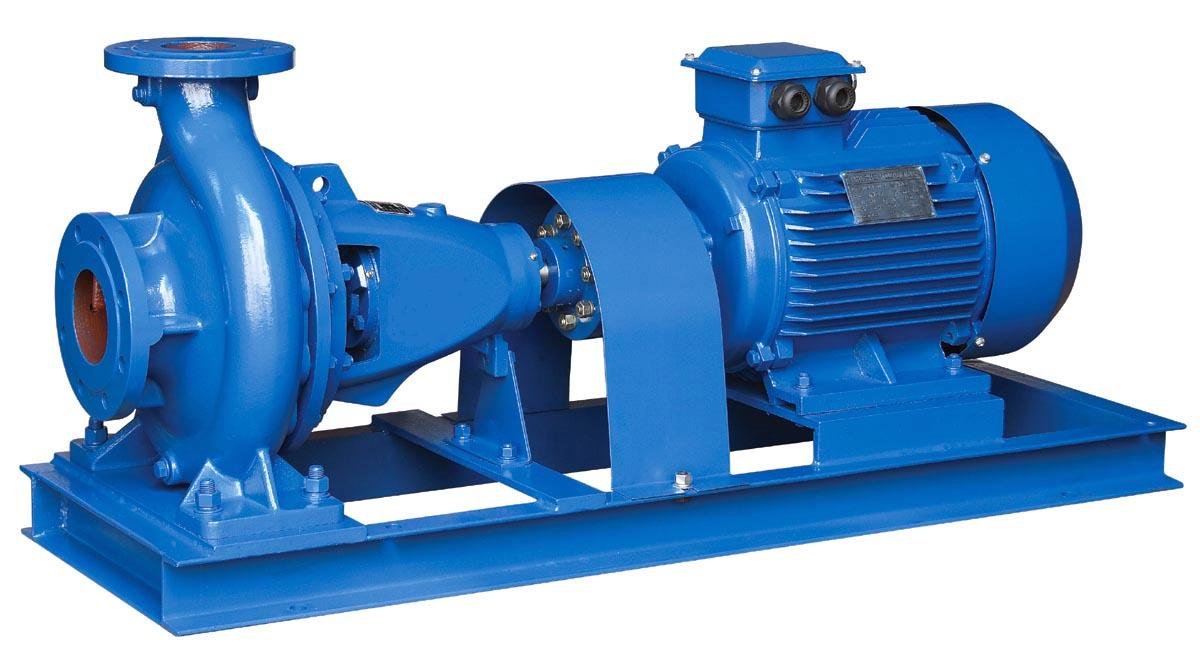 Centrifugal pumps are a sub-class of dynamic axisymmetric work-absorbing turbomachinery. Centrifugal pumps are used to transport fluids by the conversion of rotational kinetic energy to the hydrodynamic energy of the fluid flow. The rotational energy typically comes from an engine or electric motor. The fluid enters the pump impeller along or near to the rotating axis and is accelerated by the impeller, flowing radially outward into a diffuser or volute chamber (casing), from where it exits.
Common uses include air, water, sewage, petroleum and petrochemical pumping. The reverse function of the centrifugal pump is a water turbine converting potential energy of water pressure into mechanical rotational energy.
Centrifugal pumps are a sub-class of dynamic axisymmetric work-absorbing turbomachinery. Centrifugal pumps are used to transport fluids by the conversion of rotational kinetic energy to the hydrodynamic energy of the fluid flow. The rotational energy typically comes from an engine or electric motor. The fluid enters the pump impeller along or near to the rotating axis and is accelerated by the impeller, flowing radially outward into a diffuser or volute chamber (casing), from where it exits.
Common uses include air, water, sewage, petroleum and petrochemical pumping. The reverse function of the centrifugal pump is a water turbine converting potential energy of water pressure into mechanical rotational energy.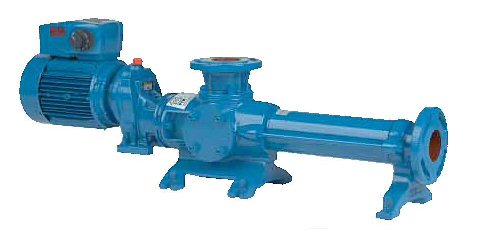 A screw pump is a positive-displacement (PD) pump that use one or several screws to move fluids or solids along the screw(s) axis. In its simplest form (the Archimedes’ screw pump), a single screw rotates in a cylindrical cavity, thereby moving the material along the screw’s spindle. This ancient construction is still used in many low-tech applications, such as irrigation systems and in agricultural machinery for transporting grain and other solids.
A screw pump is a positive-displacement (PD) pump that use one or several screws to move fluids or solids along the screw(s) axis. In its simplest form (the Archimedes’ screw pump), a single screw rotates in a cylindrical cavity, thereby moving the material along the screw’s spindle. This ancient construction is still used in many low-tech applications, such as irrigation systems and in agricultural machinery for transporting grain and other solids.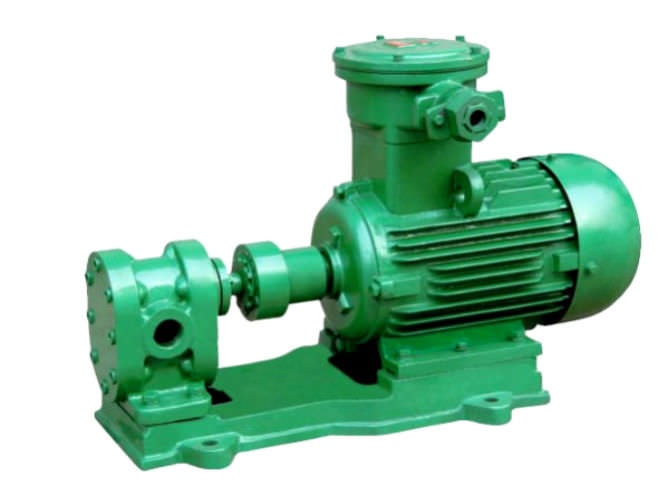
A gear pump uses the meshing of gears to pump fluid by displacement. They are one of the most common types of pumps for hydraulic fluid power applications.
Gear pumps are also widely used in chemical installations to pump high viscosity fluids. There are two main variations; external gear pumps which use two external spur gears, and internal gear pumps which use an external and an internal spur gears (internal spur gear teeth face inwards, see below). Gear pumps are positive displacement (or fixed displacement), meaning they pump a constant amount of fluid for each revolution. Some gear pumps are designed to function as either a motor or a pump.
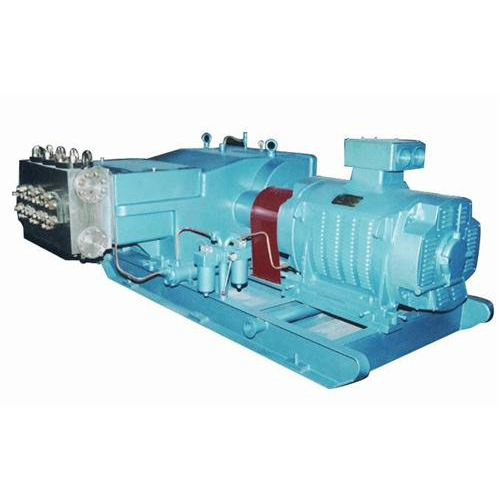 A piston pump is a type of positive displacement pump where the high-pressure seal reciprocates with the piston. Piston pumps can be used to move liquids or compress gases.
Types of piston pump:
Lift pump
In a lift pump, the upstroke of the piston draws water, through a valve, into the lower part of the cylinder. On the downstroke, water passes through valves, set in the piston, into the upper part of the cylinder. On the next upstroke, water is discharged from the upper part of the cylinder via a spout.
Force pump
In a force pump, the upstroke of the piston draws water, through a valve, into the cylinder. On the downstroke, the water is discharged, through a valve, into the outlet pipe. And this has the same mode of application as a lift pump
A piston pump is a type of positive displacement pump where the high-pressure seal reciprocates with the piston. Piston pumps can be used to move liquids or compress gases.
Types of piston pump:
Lift pump
In a lift pump, the upstroke of the piston draws water, through a valve, into the lower part of the cylinder. On the downstroke, water passes through valves, set in the piston, into the upper part of the cylinder. On the next upstroke, water is discharged from the upper part of the cylinder via a spout.
Force pump
In a force pump, the upstroke of the piston draws water, through a valve, into the cylinder. On the downstroke, the water is discharged, through a valve, into the outlet pipe. And this has the same mode of application as a lift pump
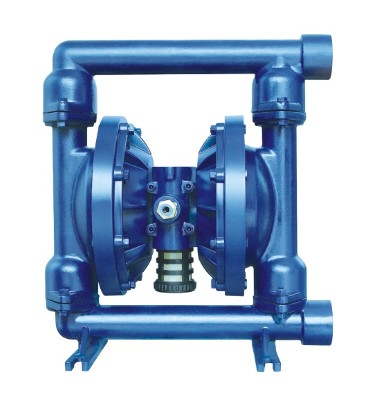 A diaphragm pump (also known as a Membrane pump, Air Operated Double Diaphragm Pump (AODD) or Pneumatic Diaphragm Pump) is a positive displacement pump that uses a combination of the reciprocating action of a rubber, thermoplastic or teflon diaphragm and suitable valves on either side of the diaphragm (check valve, butterfly valves, flap valves, or any other form of shut-off valves) to pump a fluid.
A diaphragm pump (also known as a Membrane pump, Air Operated Double Diaphragm Pump (AODD) or Pneumatic Diaphragm Pump) is a positive displacement pump that uses a combination of the reciprocating action of a rubber, thermoplastic or teflon diaphragm and suitable valves on either side of the diaphragm (check valve, butterfly valves, flap valves, or any other form of shut-off valves) to pump a fluid.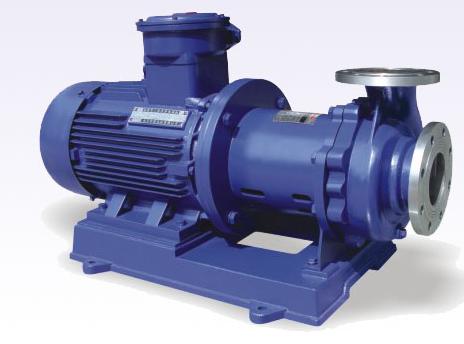 An electromagnetic pump is a pump that moves liquid metal (or any electrically conductive liquid) using electromagnetism. A magnetic field is set at right angles to the direction the liquid moves in, and a current is passed through it. This causes an electromagnetic force that moves the liquid. Applications include pumping liquid metal through a cooling system.
An electromagnetic pump is a pump that moves liquid metal (or any electrically conductive liquid) using electromagnetism. A magnetic field is set at right angles to the direction the liquid moves in, and a current is passed through it. This causes an electromagnetic force that moves the liquid. Applications include pumping liquid metal through a cooling system.
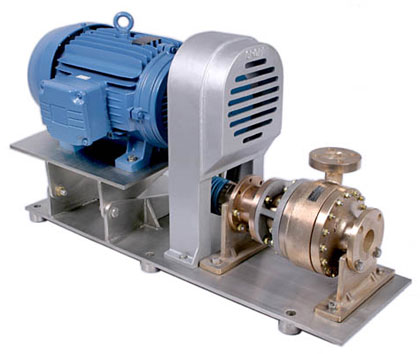 A cryopump or a “cryogenic pump” is a vacuum pump that traps gases and vapours by condensing them on a cold surface, but are only effective on some gases. The effectiveness depends on the freezing and boiling points of the gas relative to the cryopump’s temperature. They are sometimes used to block particular contaminants, for example in front of a diffusion pump to trap backstreaming oil, or in front of a McLeod gauge to keep out water. In this function, they are called a cryotrap, waterpump or cold trap, even though the physical mechanism is the same as for a cryopump.
Cryotrapping can also refer to a somewhat different effect, where molecules will increase their residence time on a cold surface without actually freezing (supercooling). There is a delay between the molecule impinging on the surface and rebounding from it. Kinetic energy will have been lost as the molecules slow down. For example, hydrogen will not condense at 8 kelvin, but it can be cryotrapped. This effectively traps molecules for an extended period and thereby removes them from the vacuum environment just like cryopumping.
A cryopump or a “cryogenic pump” is a vacuum pump that traps gases and vapours by condensing them on a cold surface, but are only effective on some gases. The effectiveness depends on the freezing and boiling points of the gas relative to the cryopump’s temperature. They are sometimes used to block particular contaminants, for example in front of a diffusion pump to trap backstreaming oil, or in front of a McLeod gauge to keep out water. In this function, they are called a cryotrap, waterpump or cold trap, even though the physical mechanism is the same as for a cryopump.
Cryotrapping can also refer to a somewhat different effect, where molecules will increase their residence time on a cold surface without actually freezing (supercooling). There is a delay between the molecule impinging on the surface and rebounding from it. Kinetic energy will have been lost as the molecules slow down. For example, hydrogen will not condense at 8 kelvin, but it can be cryotrapped. This effectively traps molecules for an extended period and thereby removes them from the vacuum environment just like cryopumping.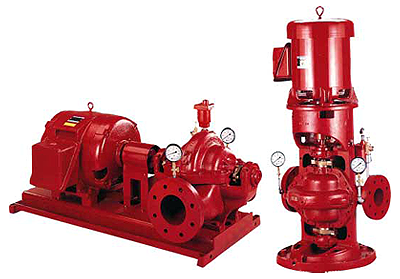
A fire pump is a part of a fire sprinkler system’s water supply and Powered by electric, diesel or steam. The pump intake is either connected to the public underground water supply piping, or a static water source (e.g., tank, reservoir, lake). The pump provides water flow at a higher pressure to the sprinkler system risers and hose standpipes. A fire pump is tested and listed for its use specifically for fire service by a third-party testing and listing agency, such as UL or FM Global.
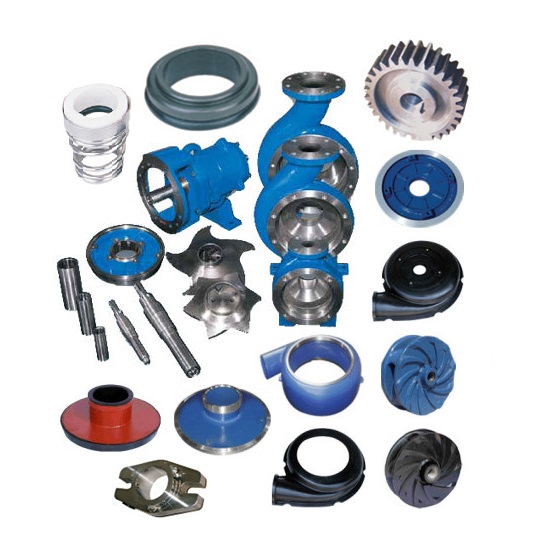 We supply different spare parts for all types of pumps.
We supply different spare parts for all types of pumps.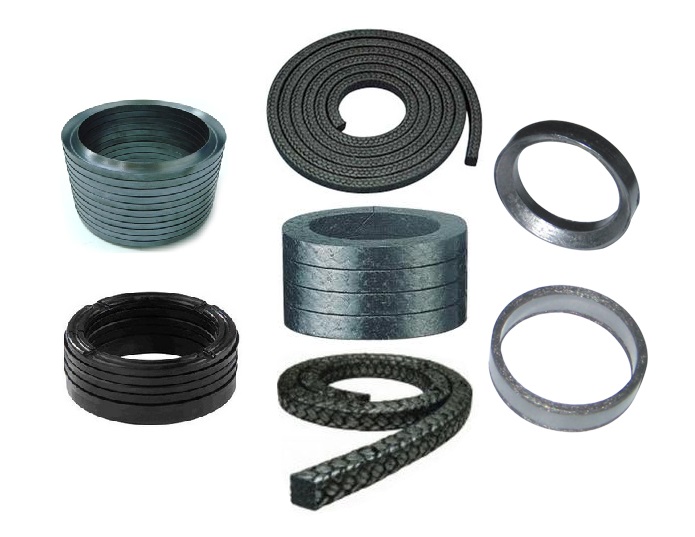 The elastomer is contained in the gland and forced to flow into the surface imperfections of the glands and any clearance available to it, creating a condition of “zero” clearance and thus effecting a positive block to the fluid being sealed. The pressure which forces the O-ring to flow is supplied by mechanical pressure or “squeeze.” generated by proper gland design and material selection and by system pressure transmitted by the fluid itself to the seal element. In fact, the classic O-ring seal may be said to be “pressure-assisted” in that the more system pressure, the more effective the seal, is until the physical limits of the elastomer are exceeded and the O-ring begins to extrude into the clearance gap This condition can usually be avoided by proper gland design, material selection, and the use of Seals or rings.
The elastomer is contained in the gland and forced to flow into the surface imperfections of the glands and any clearance available to it, creating a condition of “zero” clearance and thus effecting a positive block to the fluid being sealed. The pressure which forces the O-ring to flow is supplied by mechanical pressure or “squeeze.” generated by proper gland design and material selection and by system pressure transmitted by the fluid itself to the seal element. In fact, the classic O-ring seal may be said to be “pressure-assisted” in that the more system pressure, the more effective the seal, is until the physical limits of the elastomer are exceeded and the O-ring begins to extrude into the clearance gap This condition can usually be avoided by proper gland design, material selection, and the use of Seals or rings.